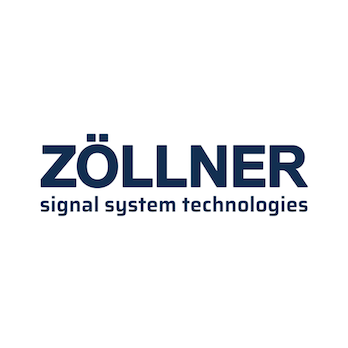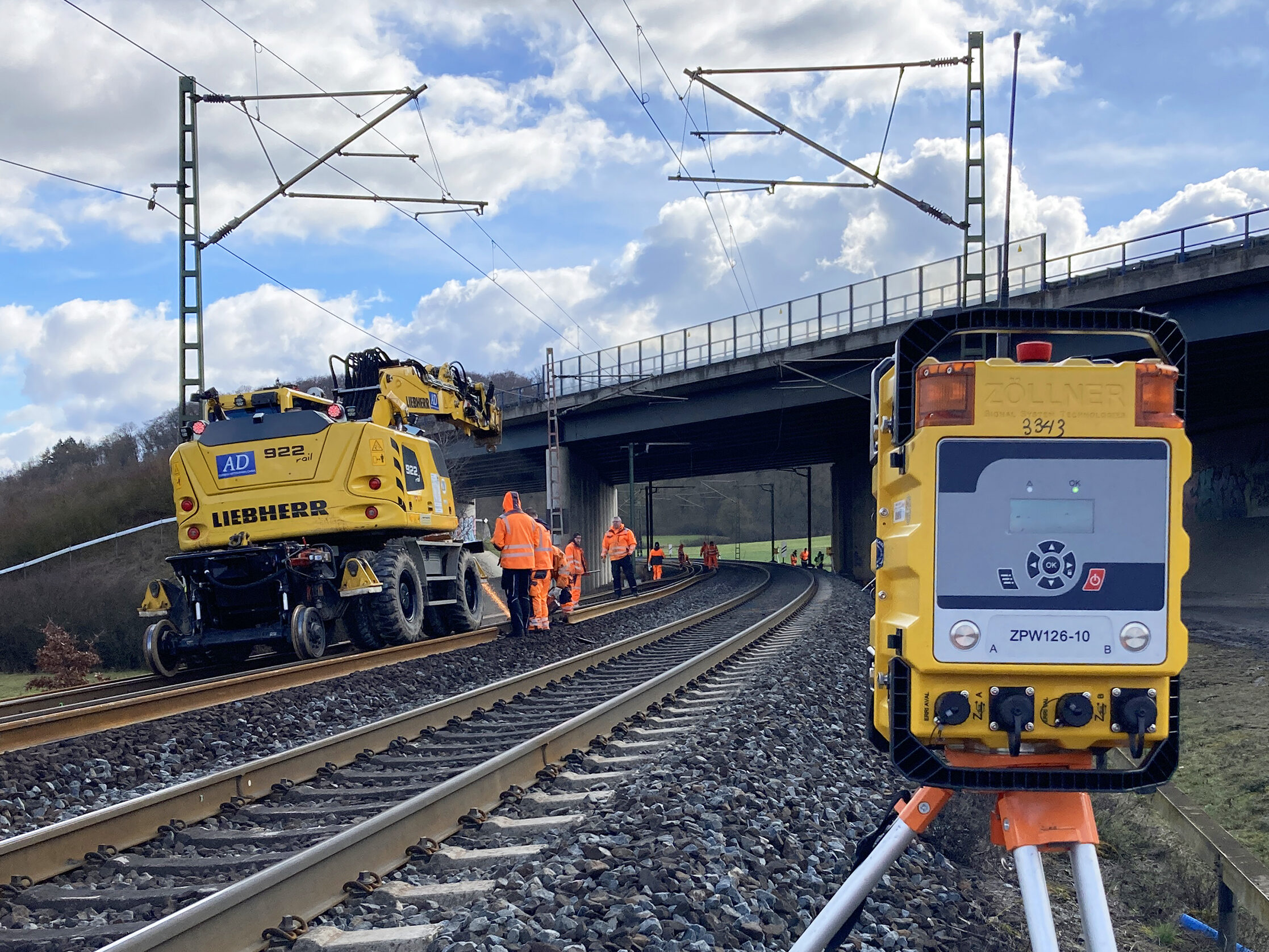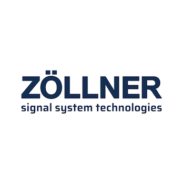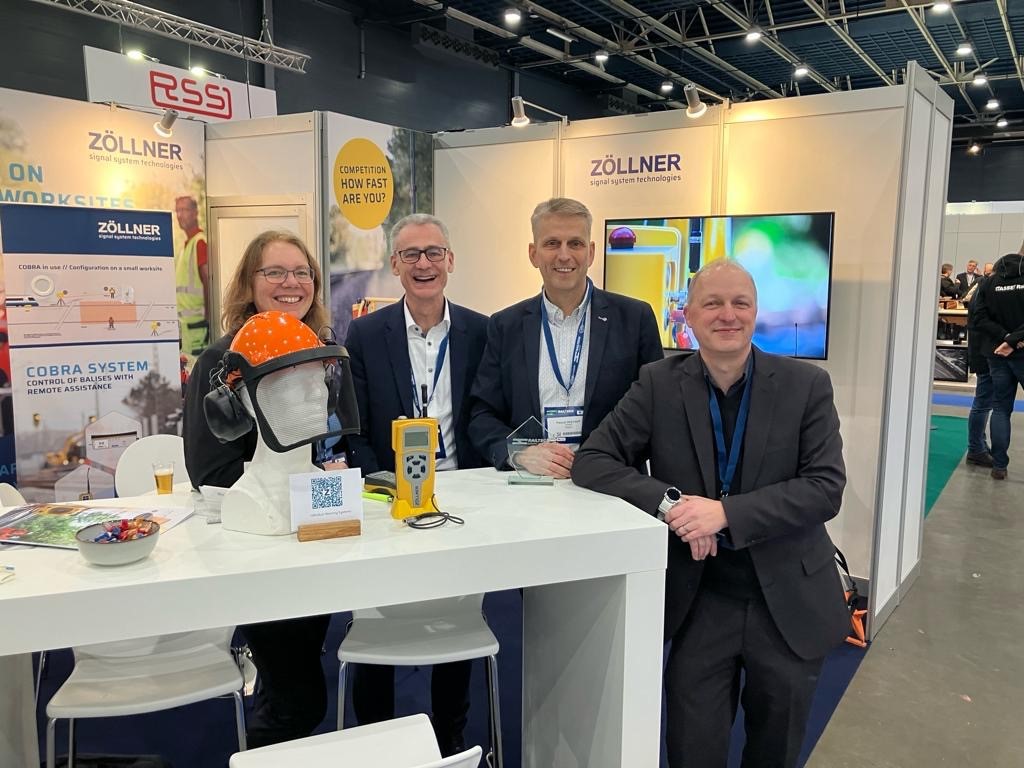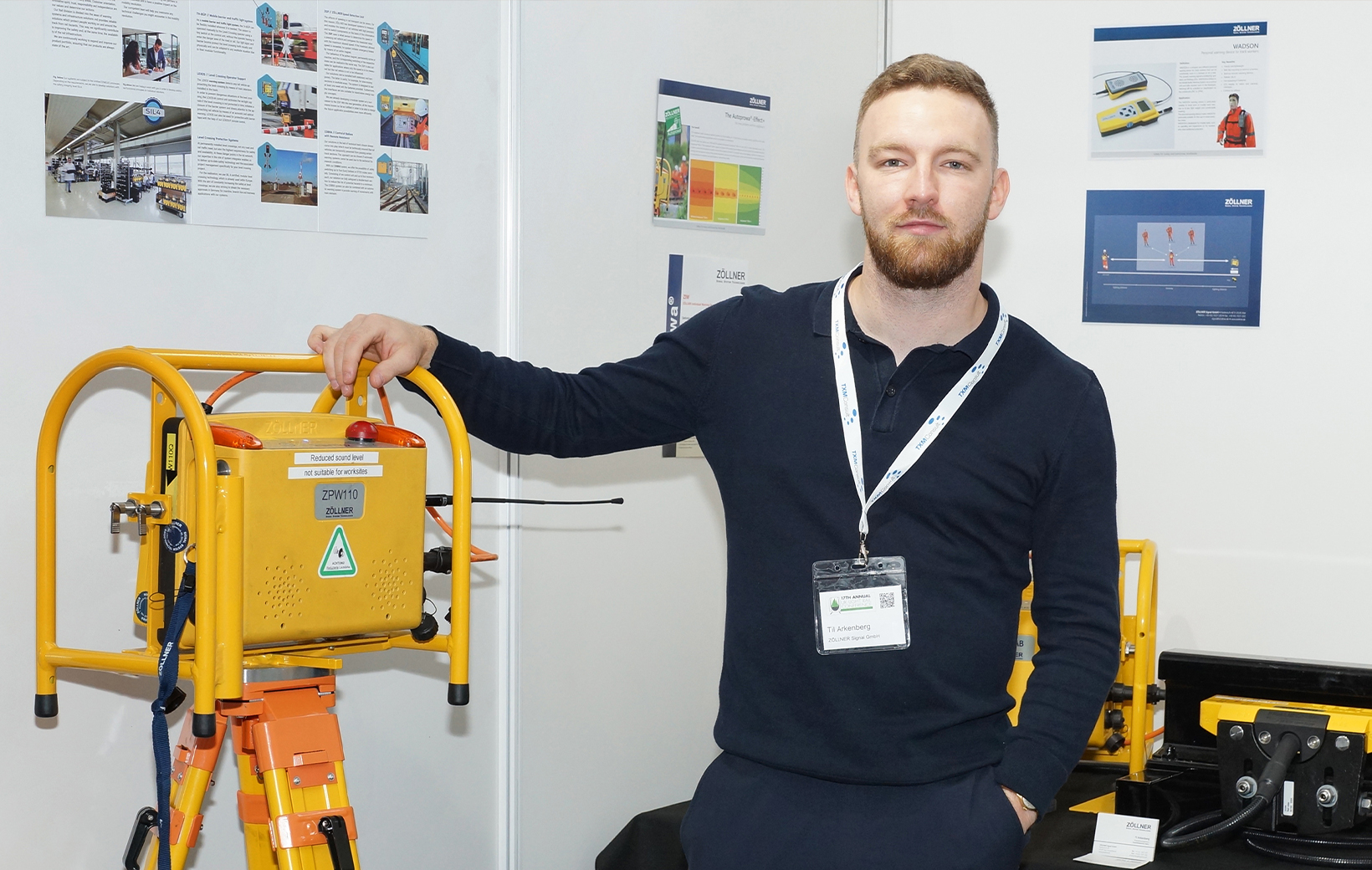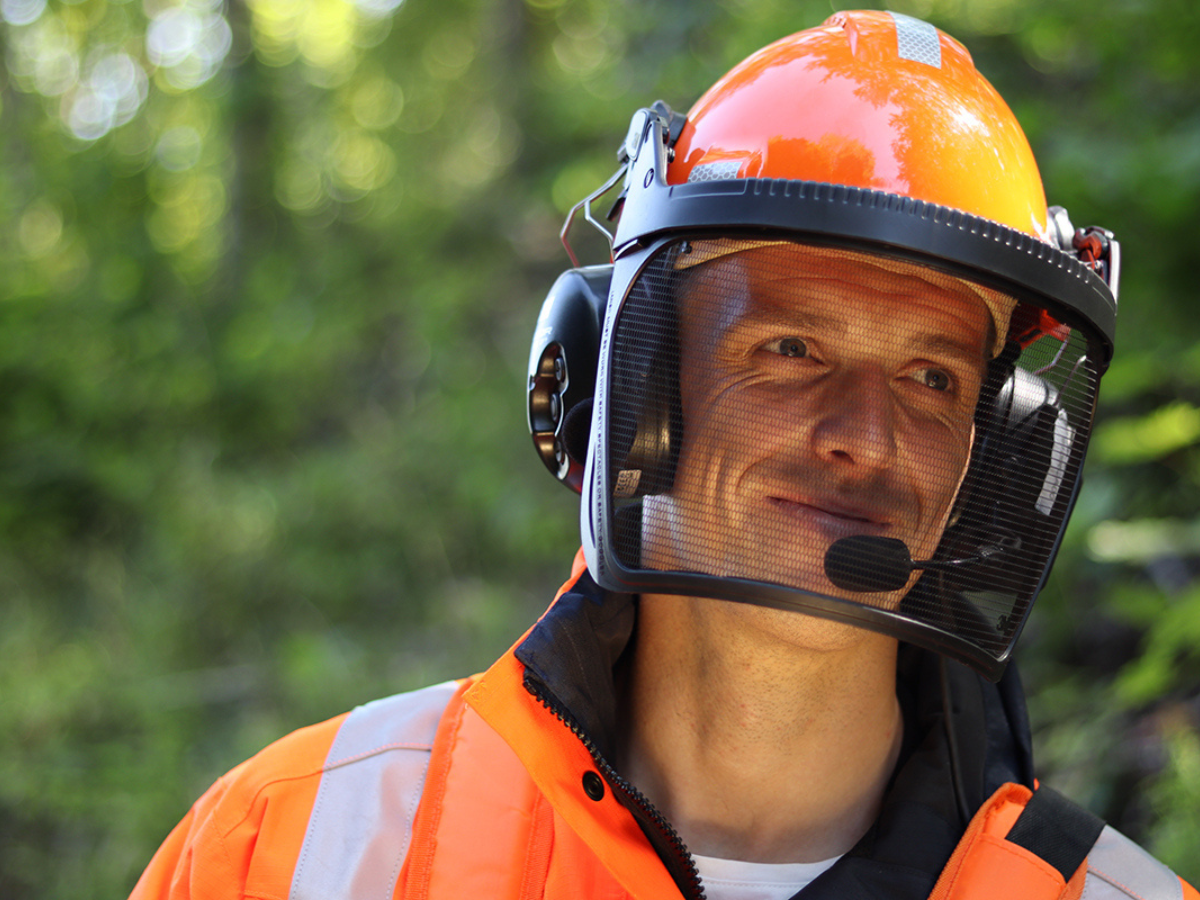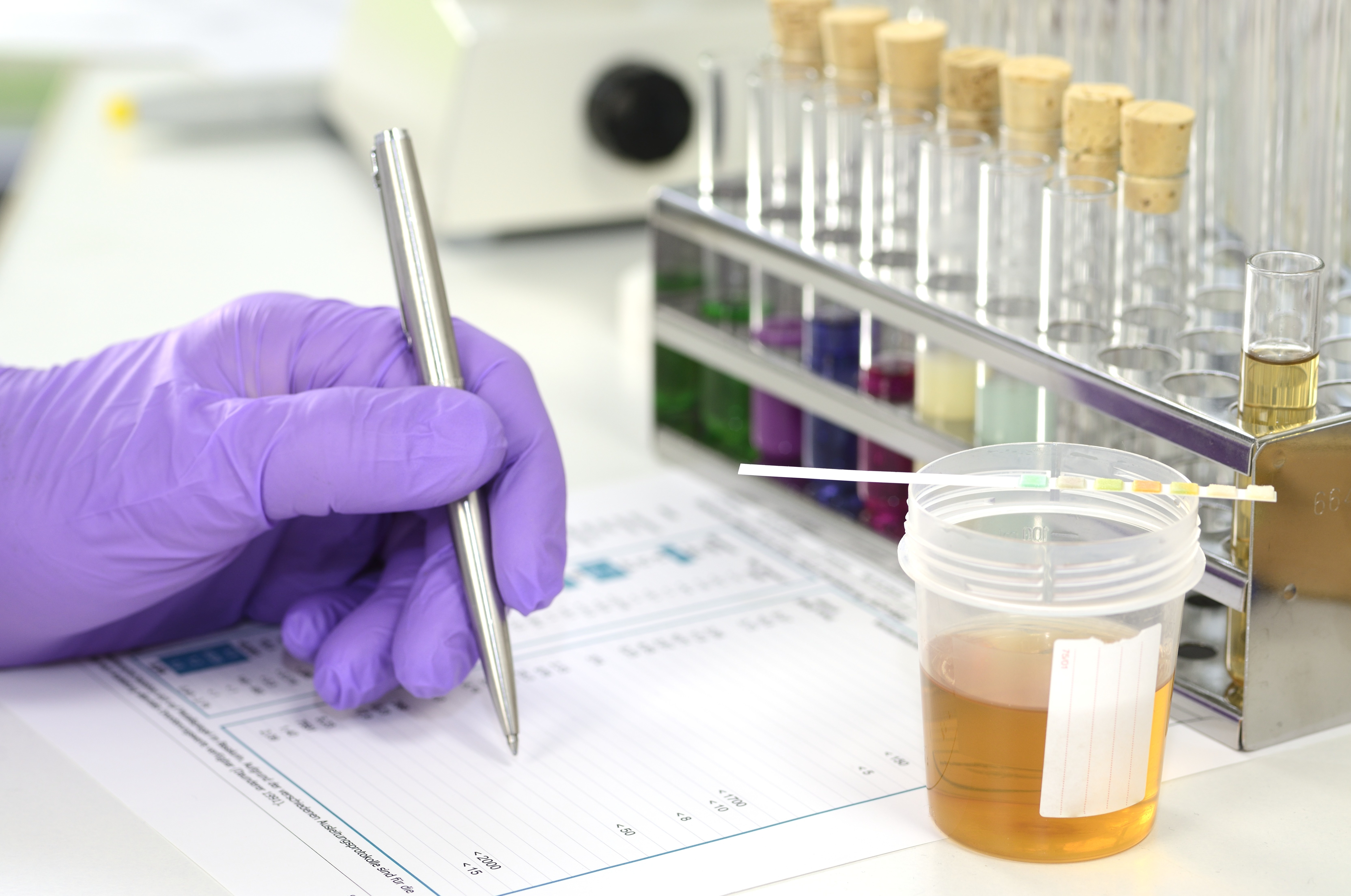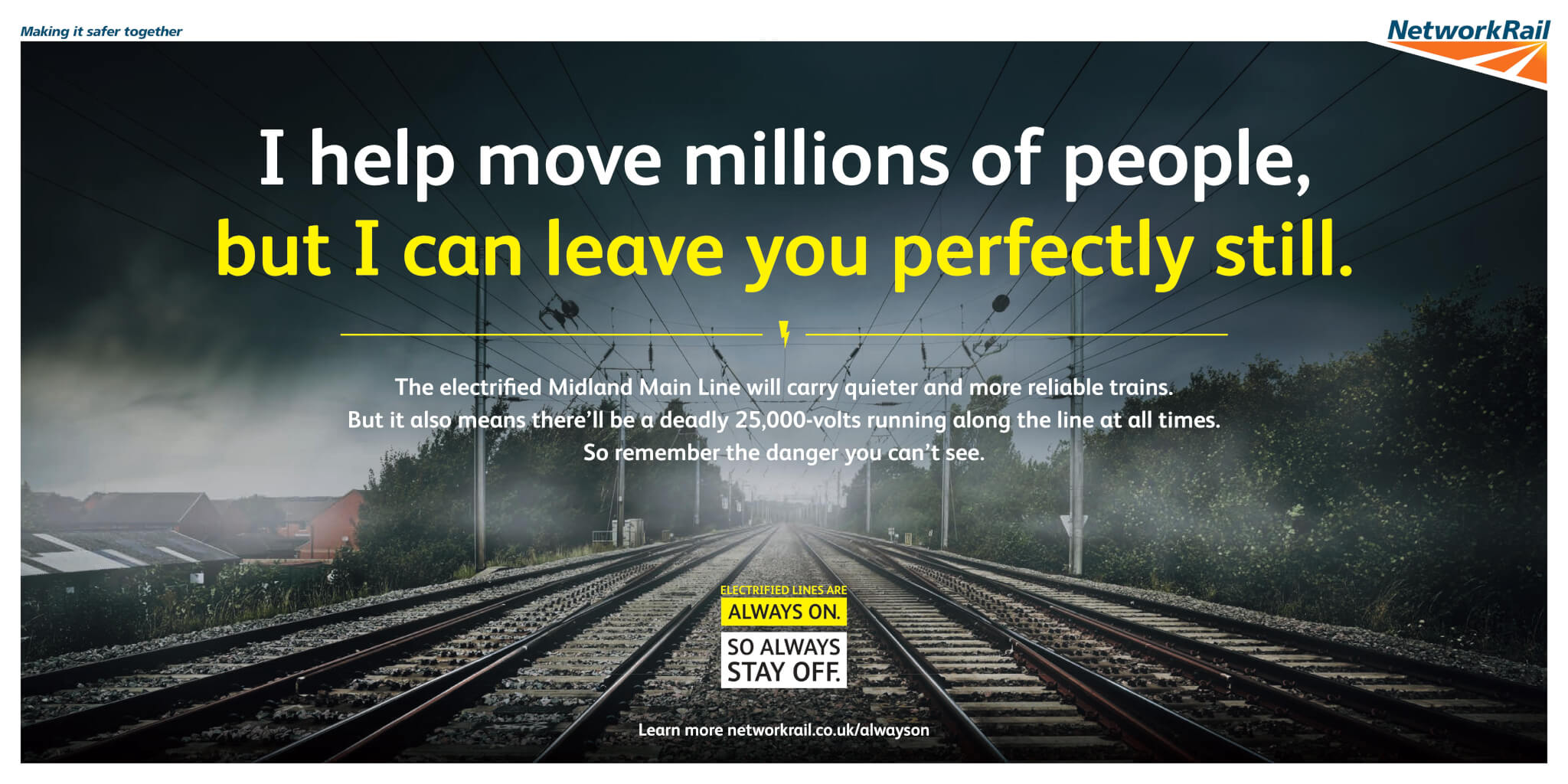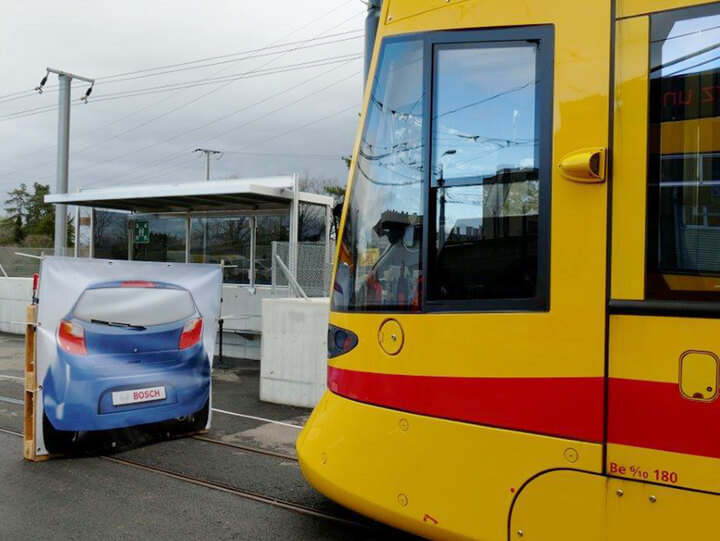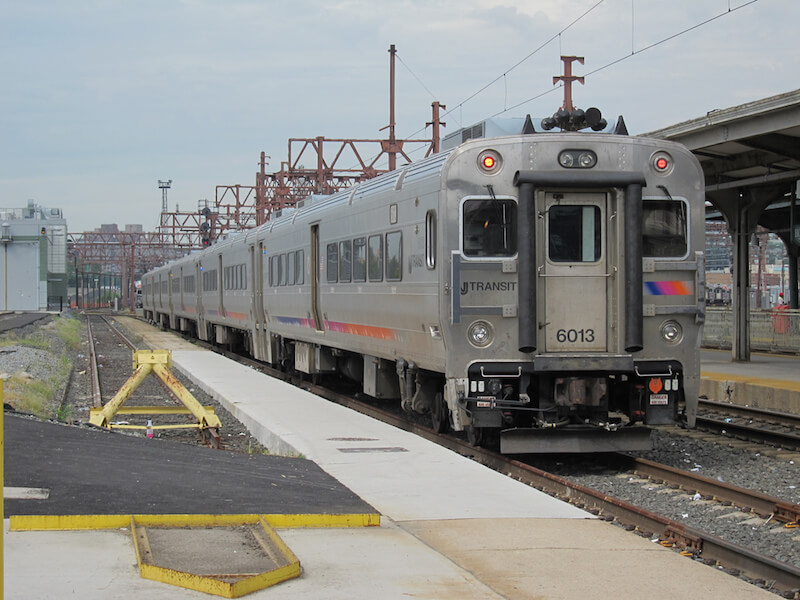Wearing Personal Warning Devices Improves Safety during Vegetation Works
The deployment of personal warning devices allows for the highest safety and fastest work progress possible while adhering to all safety requirements of the Deutsche Bahn.
By Ute Alldieck
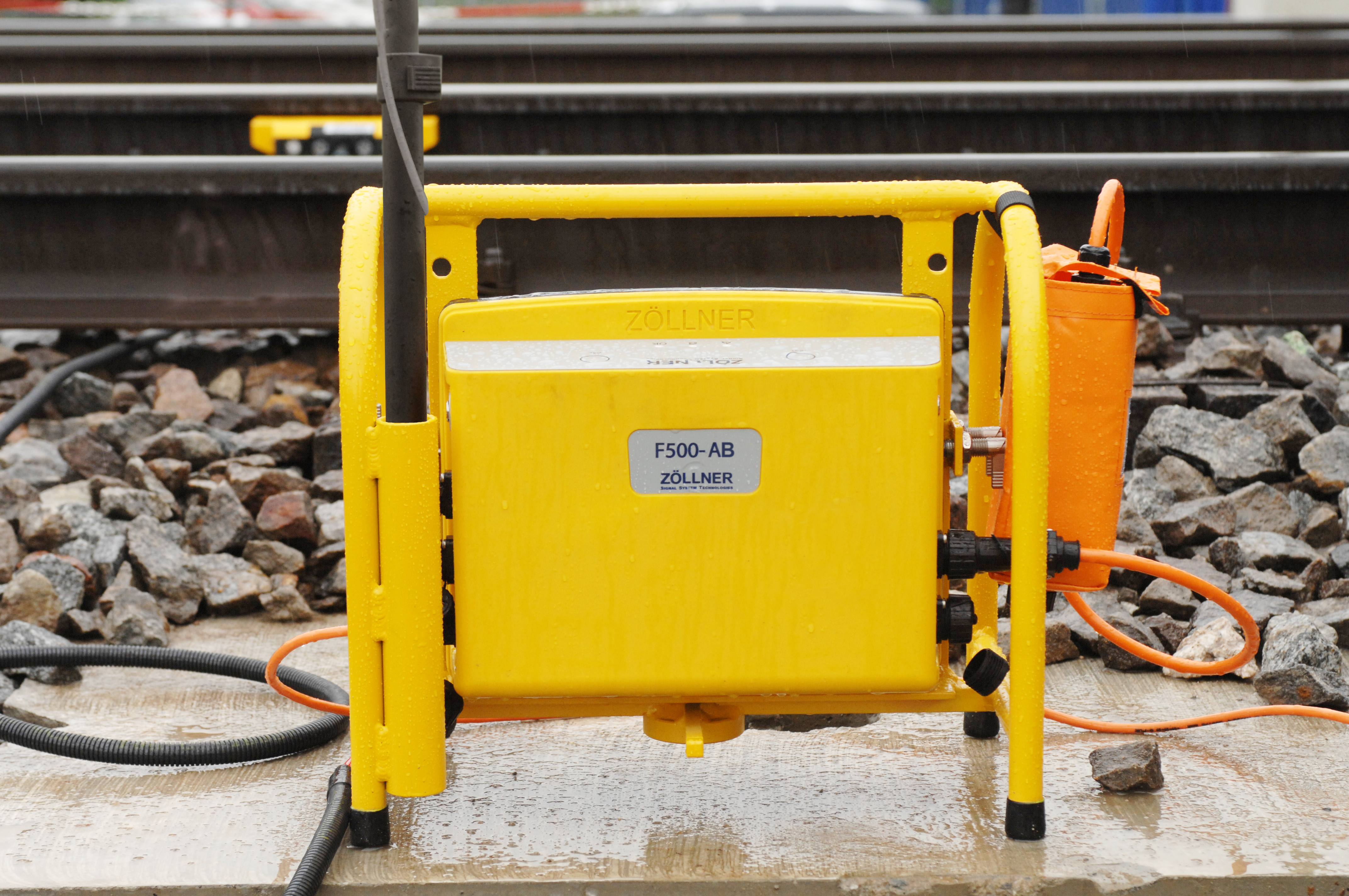
Climate change and the resulting vast increase in the environmental awareness of railway infrastructure managers has led to a rise in vegetation management in order to keep tracks from becoming overgrown.
Severe storms cause unexpected track closures (due to fallen trees) and at the same time, a reduction in the amount of herbicide used to curb vegetation growth as a result of environmental restrictions means nature is able to reclaim spaces rather quickly. Track infrastructure managers thus have to allocate considerably more time and effort to vegetation management and therefore need the works to progress quickly without too many interruptions.
Routine vegetation management along railway lines requires workers to use strimmers, chainsaws and mowers. Despite the use of battery-powered machinery, the noise emitted by this work equipment necessitates the use of ear protection.
Even though vegetation management usually occurs outside of the hazardous zone, the rules of work safety near and on tracks [1] still apply. This is also due to the fact that the works are carried out immediately adjacent to active tracks. It is thus always possible, and even probable, that someone accidentally enters the hazardous zone.
DB Netz AG has published a safety plan especially for vegetation management works [2] that lists the safety measures discussed below.
Safety Measure: Full Track Closure
The highest-possible safety measure according to the safety plan is a full track closure, a blocking of the track near which the crew is working. If the track closure has to be lifted in order to retain the train schedule, the safety supervisor is informed by the train dispatcher and then has to make sure that the entire crew stops their work and moves to a safe space.
This method is not practical when train traffic is heavy and the times in which the crew is unable to work are too long, thus leaving too little time to do the work. During long wait times, people often become distracted or lose concentration making them more likely start disregarding safety measures. In addition, the crew will be eager to finish their work which is made impossible by the long wait periods in between track closures and that, too, makes them more likely to work in an unsafe matter.
The equipment used to perform vegetation management requires a distance of at least 15 m between workers (and also to the safety supervisor) in order to prevent injuries caused by twigs or rocks. The safety supervisor being unable to communicate safely with his/her crew without getting too close to them is yet another reason why the full track closure might not be an adequate safety measure.
Safety Measure: ATWS (Automatic Track Warning System)
If a full track closure is not an adequate safety measure due to the aforementioned reasons, vegetation management works can be performed safely using an automatic track warning system.
Using automatic train detectors, which are trigged by an approaching train and in turn trigger a warning signal that warns all workers, is the safest way to secure the works (image 1).
The information is then passed via the ZFS (a transmitter unit) to a warning device ZPW located at the worksite. Because of the work equipment’s high noise emission, loud horns (126 dB(A)) are attached to the ZPW to help the signal reach the workers.
If vegetation management works move rather quickly however, the train detectors have to be moved frequently, which means frequent interruptions to the work progress.
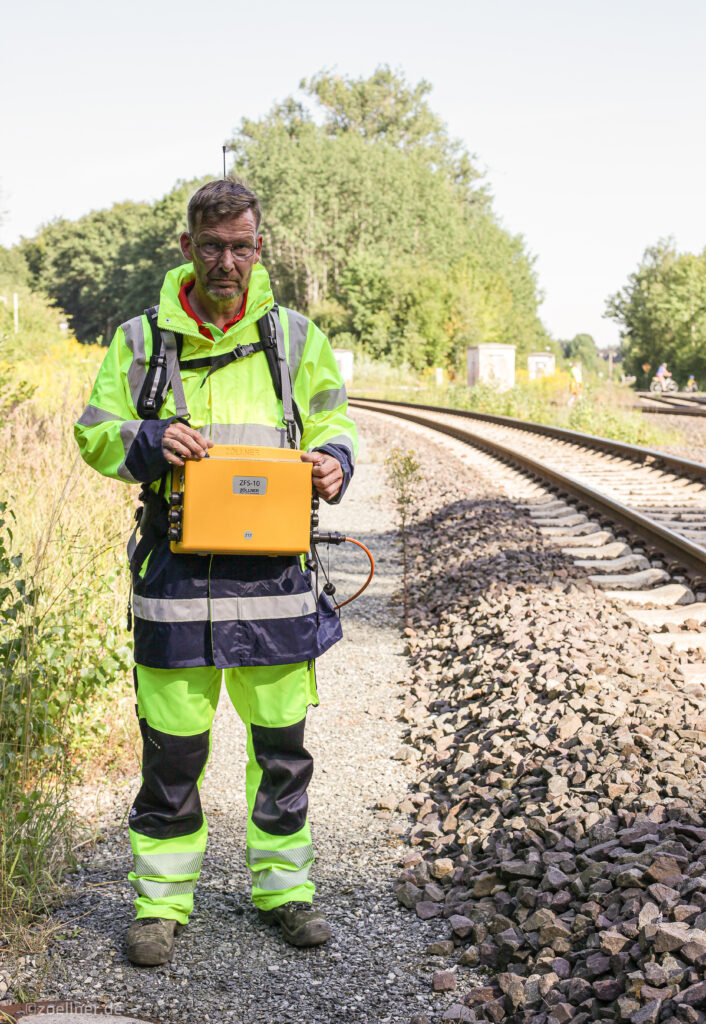
An alternative solution is to use lookouts who carry the ZFS in a carrying harness and trigger the warming manually (image 2). The lookouts are in contact with the safety supervisor and move along the track in order to keep the correct distance to the worksite even as it is moving forward to accommodate the work progress. The warning devices at the worksite remain as described above.
Nevertheless, collective warning devices as the ones described cannot be deployed if the warning signal of the collective warning device does not exceed the noise of the work equipment, making it clearly audible (with + 3 dB(A)) to every member of the crew.
ZVW – ZÖLLNER Vegetation Warning System offers a safe solution even during the use of loud work equipment at fast-moving worksites
In order to solve the problem of securing vegetation worksites along the track, a new system was developed: the vegetation warning system ZVW is an individual warning system that was developed to be integrated directly into each worker’s protective gear. The warning signal is generated directly inside the ear protection and LEDs in the visor of the helmet inform its wearer about work pauses or warnings. Image 3 shows a worker equipped with the warning system ZVW.
The ZVW is a member of the ZÖLLNER-MFW-family and is thus radio-based. The vegetation management worker wears the radio receiver in a carrying harness especially developed for this purpose or, alternatively, attaches the pocket holding the receiver to the carrying harness required by his/her piece of equipment.
The warning is triggered via the well-known strike-in components, either via train detectors or manually activated via ZFS.
The safety supervisor remains in charge and carries a control unit (ZRC-V) that is connected to all train detection components as well as all individual warning devices.
The ZRC-V informs the safety supervisor about an approaching train using an acoustic information signal as well as flashing lights while the workers receive the warning signal individually, not collectively. In order for the signal to safely reach each worker, it is necessary for ear protection to be worn correctly at all times. The individual warning devices are therefore outfitted with a sensor that informs the worker but also the safety supervisor should a device not be worn correctly or taken off without permission. In order to ask for permission to take off the device, a worker can ask for a “work break”, in order to refill the tank of his/her equipment for example, by pressing a button. The safety supervisor is then informed about the requested break and can either grant it or deny it, if there is an approaching train for example. The worker receives clear text information directly into the headphones.
The use of the ZVW as safety measure for vegetation maintenance sites has proven very efficient. Times in which the crew is unable to work, for example due to the necessity to move collective warning devices to match the work progress, are eliminated completely. The work can thus progress much quicker and the amount of safety personnel can be reduced.
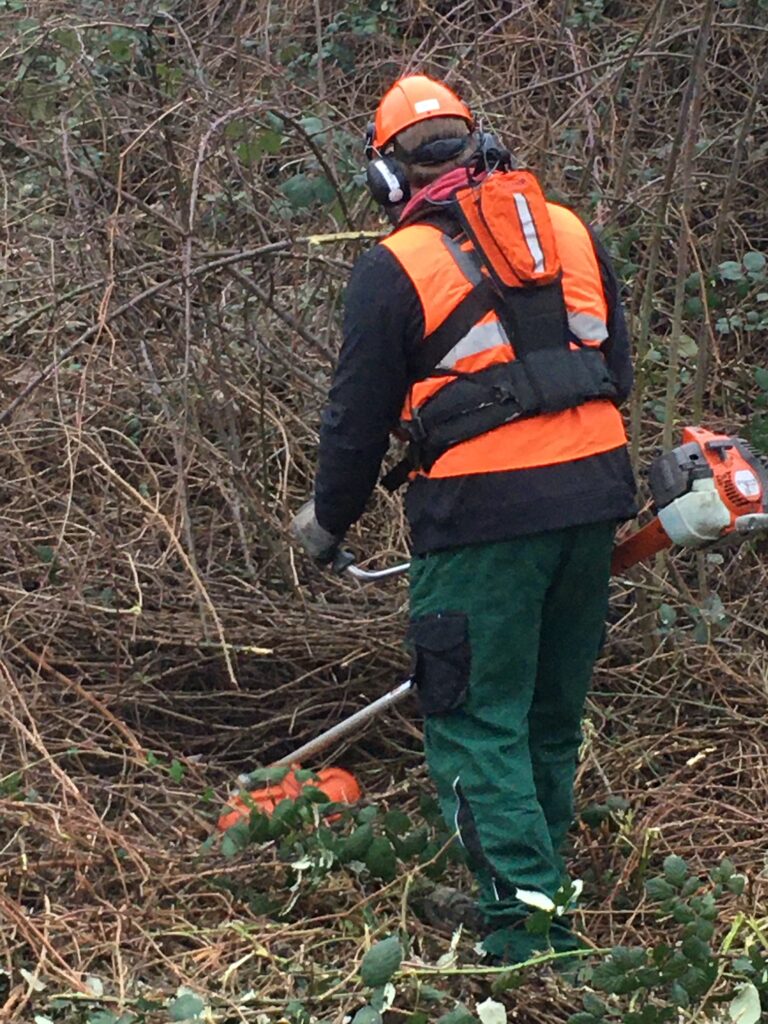
Conclusion
Due to the circumstances of vegetation work with heavy noise emission and fast work-progress in defined groups of roughly five people working close to the track but not directly on them, individual warning systems are tolerated even by insurance companies for the first time. Only with the use of ZVW it is guaranteed that the warning signal reaches the worker directly and immediately. Therefore the ZVW system is a big step forwards towards delivering the highest safety standards for vegetation workers.
Works cited:
[1] DB Netz AG, Frank Kott, I.NVS 3, Konzernrichtlinie zum Arbeitsschutz, 132.0118 Arbeiten im Gleisbereich
[2] DB Netz AG, Frank Kott, I.NVS 3, 132.0118V03 Angepasster Sicherungsplan für Vegetationsarbeiten gültig ab 13.09.2019
[3] Alldieck U., Mobiles Funkwarnsystem bewährt sich in der Praxis“, Eisenbahningenieur, Heft 05/2012, Ute Alldieck
[4] Störschallkataster 11/2012, Herausgeber: EUK, DB Netz AG, BG Bau
[5] Wilfert B., Satow S., Alldieck U., Innovation bei der Sicherung von Vegetationsarbeiten – Der Eisenbahningenieur, Heft 10/2016

